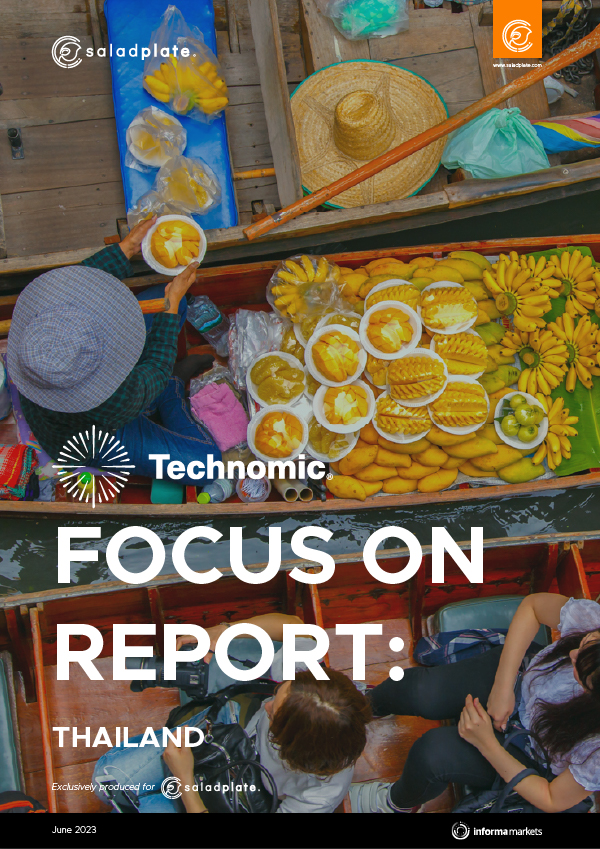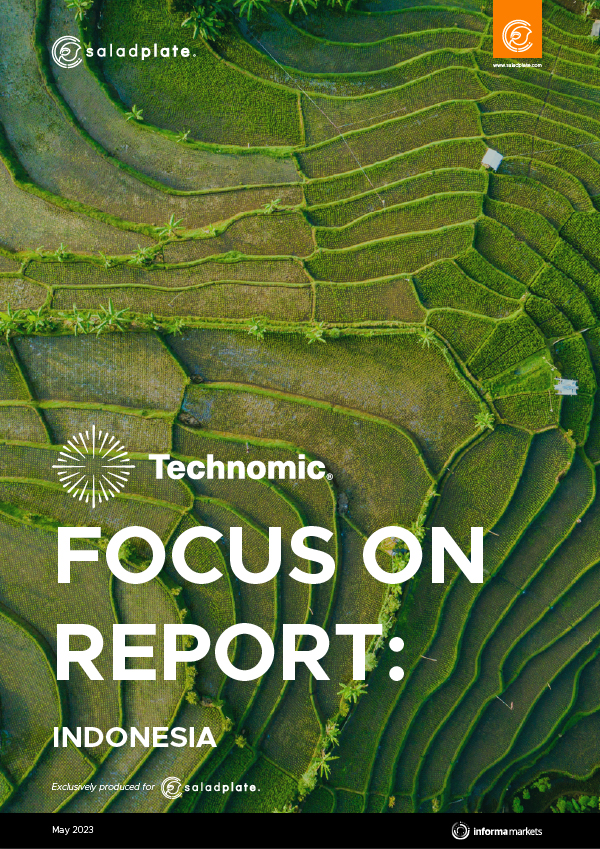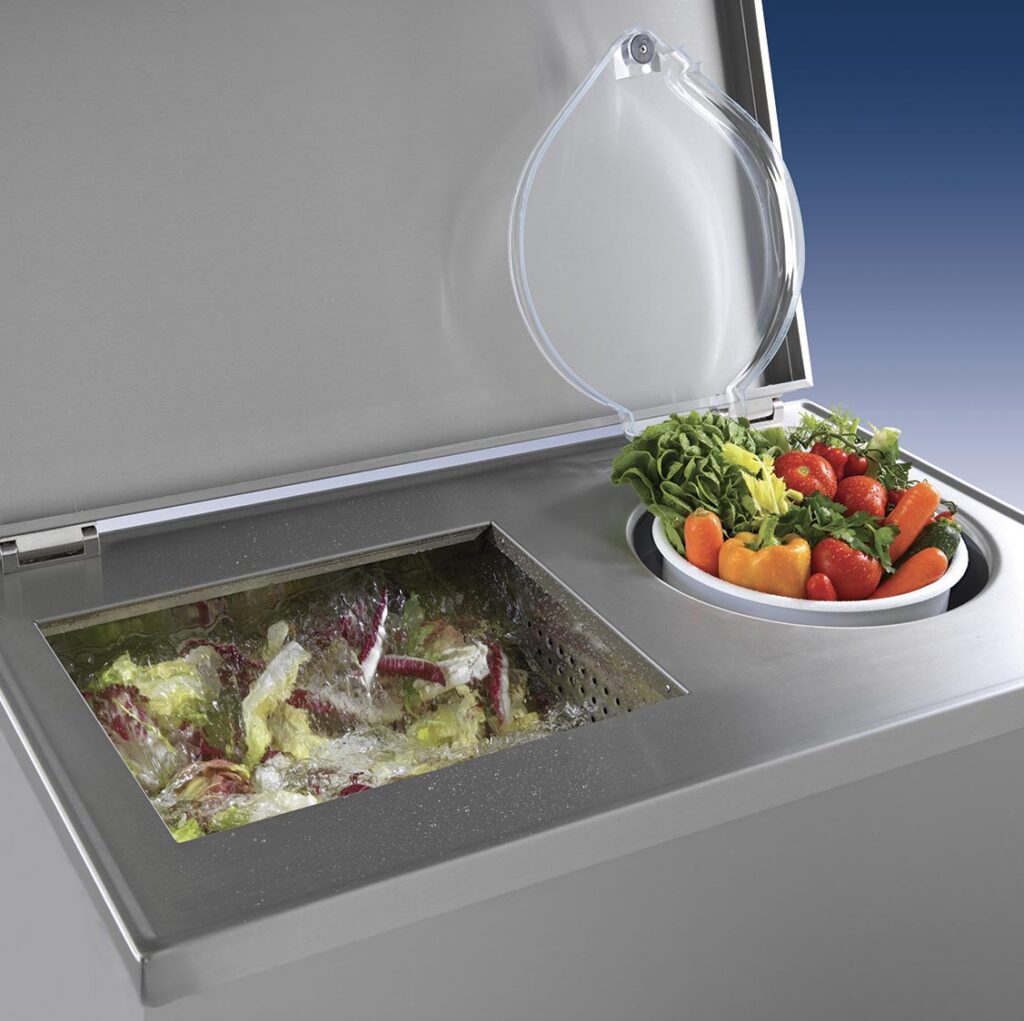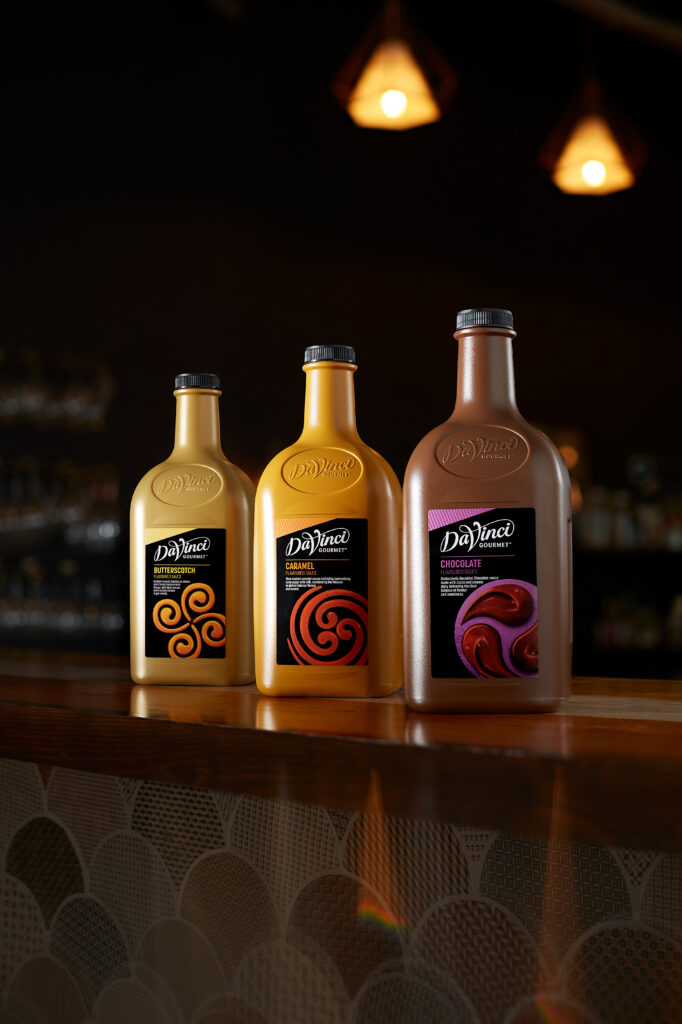Why consumers in SE Asia are buying all their food and drinks from convenience stores – DM
Business BreakfastA unique series of events hosted across various cities with engaging content delivered by thought-leaders and researchers, followed by a networking session for industry professionals. Business BreakfastA unique series of events hosted across various cities with engaging content delivered by thought-leaders and researchers, followed by a networking session for industry professionals. This is a […]
Why consumers in SE Asia are buying all their food and drinks from convenience stores
Business BreakfastA unique series of events hosted across various cities with engaging content delivered by thought-leaders and researchers, followed by a networking session for industry professionals. Business BreakfastA unique series of events hosted across various cities with engaging content delivered by thought-leaders and researchers, followed by a networking session for industry professionals. Registration is now […]
FOCUS ON: Thailand – Eysy

Focus On ReportsExplore our ‘FOCUS ON’ country reports, where we share key insights from the food service and beverage industry from various countries. Focus On ReportsExplore our ‘FOCUS ON’ country reports, where we share key insights from the food service and beverage industry from various countries. FOCUS ON: THAILAND Explore the latest Focus On Report […]
FOCUS ON: Indonesia – Eysy

Focus On ReportsExplore our ‘FOCUS ON’ country reports, where we share key insights from the food service and beverage industry from various countries. Focus On ReportsExplore our ‘FOCUS ON’ country reports, where we share key insights from the food service and beverage industry from various countries. FOCUS ON: INDONESIA Explore the latest Focus On Report […]
Addressing Consumer Behaviour Shifts in Foodservice Industry – DM
Business BreakfastA unique series of events hosted across various cities with engaging content delivered by thought-leaders and researchers, followed by a networking session for industry professionals. Business BreakfastA unique series of events hosted across various cities with engaging content delivered by thought-leaders and researchers, followed by a networking session for industry professionals. This is a […]
Addressing Consumer Behaviour Shifts in Foodservice Industry
Business BreakfastA unique series of events hosted across various cities with engaging content delivered by thought-leaders and researchers, followed by a networking session for industry professionals. Business BreakfastA unique series of events hosted across various cities with engaging content delivered by thought-leaders and researchers, followed by a networking session for industry professionals. Registration is now […]
Nilma’s Turbover & Turboidrex: Automatic Vegetable Washers that Safely Increase Efficiency for Restaurants, Hotels and Delicatessens

Beyond delivering pristine vegetables at the push of a button, these washers enhance kitchen efficiency while driving cost savings for small businesses.
GranMonte Vineyard — Redefining Thai Wines, One Bottle at a Time

A woman-led enterprise dedicated to showcasing Thailand’s emerging wine industry.
Beverage Solutions Company, DaVinci Gourmet Is Focused On Building a Coffee Community Through Competitions, Brand Ambassadors and More

Efforts such as the inaugural Barista Craft Championship resulted in advocates for their artisanal syrups as well as awareness amongst the cafe community
Stayhot AB is ‘Warming Up’ the Culinary World with Scandinavian Design and Craftsmanship

A leader in food-warming solutions, Stayhot’s products keep food hot with a cutting-edge design that adds visual appeal to any F&B space.



